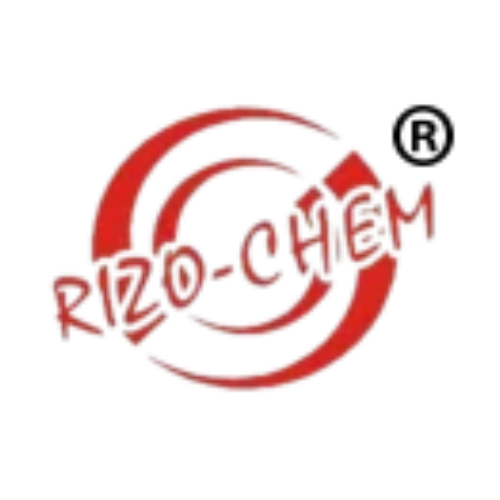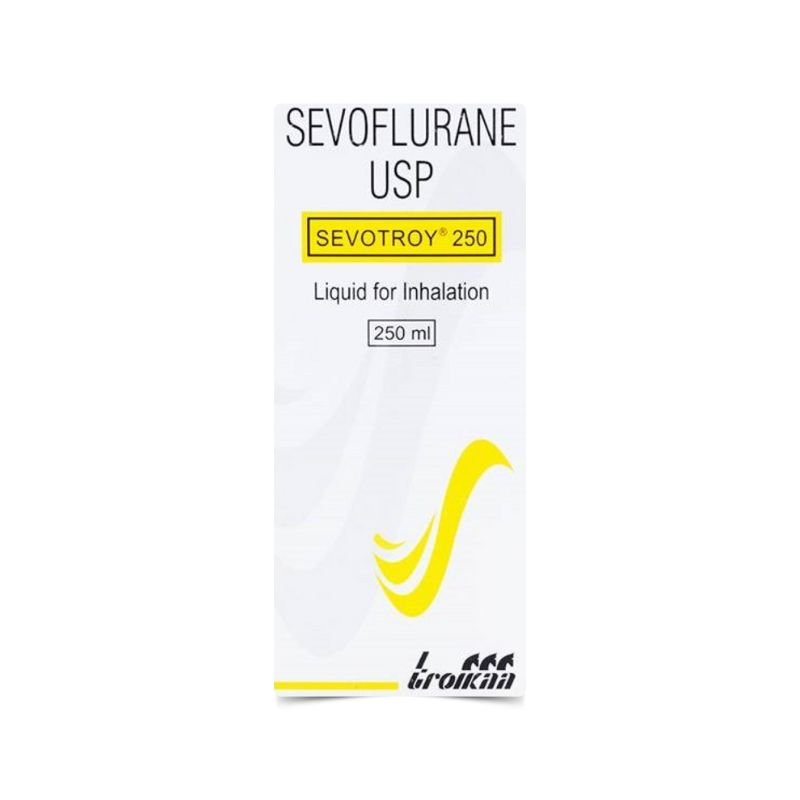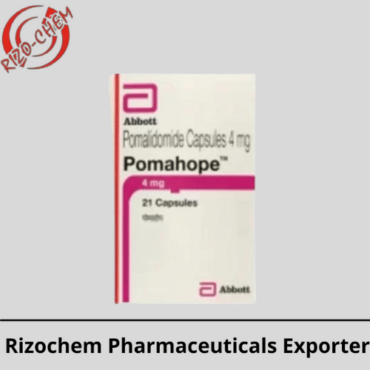Sevoflurane USP Sevotroy 250ml
Trade Name:– Generic
Presentation: Inhelation
Strength: 250ml
Get the best price and availability for bulk orders—contact us now!
What applications do Sevoflurane USP have?
An inhalational anaesthetic drug called Sevoflurane USP is used to induce and maintain general anaesthesia. Sevoflurane, USP’s minimum alveolar concentration (MAC) in oxygen for a 40-year-old adult is 2.1 percent. With age, sevoflurane, USP’s MAC drops (see DOSAGE AND ADMINISTRATION for details).
What are the purposes of inhalation agents?
In the operating room, general anaesthesia is induced and maintained using inhalation anaesthetics (most frequently used nowadays are nitrous oxide, halothane, isoflurane, desflurane, and sevoflurane). A general overview of inhalation anaesthetics is provided in this review.
What is the classification of inhalational anaesthetics?
Additionally, inhalation agents are divided into two subcategories: volatile and non-volatile. Desflurane, sevoflurane, and isoflurane all reduce systemic vascular resistance, which lowers systemic blood pressure.







